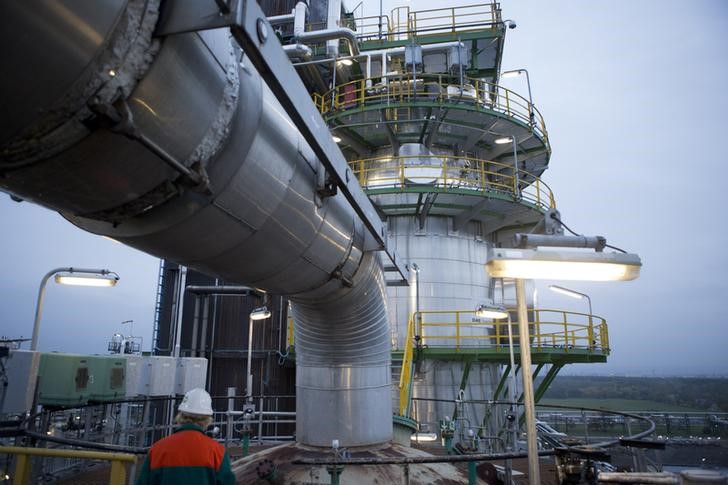Crude Slumps on Demand Fears as Monetary Tightening Looms
2022.09.19 09:06
[ad_1]

Oil prices slumped Monday, falling by more than 3% on fears that slowing global economic growth will weigh on crude demand ahead of likely new large interest rate hikes by a number of central banks, including the Federal Reserve.
By 08:35 ET (12:35 GMT), futures traded 3.4% lower at $81.88 a barrel, while the contract fell 3% to $88.59.
U.S. were down 2.8% at $2.3474 a gallon.
Both benchmarks suffered their third consecutive negative week last week, and this selling has continued Monday as traders fretted that aggressive monetary tightening by a number of central banks, the U.S. in particular, will add impetus to the already slowing economic growth.
Both the World Bank and the International Monetary Fund warned last week of an impending global economic slowdown in late-2022 and 2023.
Over the weekend, influential investment bank Goldman Sachs cut its U.S. economic growth estimates for 2023, saying the country’s will increase 1.1%, compared with a forecast of 1.5% previously. The projection for 2022 was left unchanged at 0%.
The bank based this adjustment on a new perception of where interest rates will end up in the U.S., ahead of this week’s Fed policy-setting meeting. It raised its federal funds rate forecast by 75 basis points over the last two weeks for a terminal rate forecast of 4% to 4.25% by the end of 2022.
The situation is even worse in Europe, with the Bundesbank saying Monday that hints of a recession in Europe’s largest economy are becoming more evident after a significant deterioration in supply conditions.
Yet the lifted its interest rates by a hefty 75 basis points last week, and , the and the are set to largely follow suit with hefty interest rate rises this week.
With Russian energy supplies largely shut off from Europe, European governments outlined new measures on Monday to cope with potential energy shortages this winter.
Spanish Industry Minister Reyes Maroto said that making energy-intensive companies close down during consumption peaks is an option on the table this winter if required.
Adding to the pressure has been the strength of the U.S. dollar, with the , which tracks the greenback against a basket of six other currencies, climbing near to levels not seen for 20 years.
This makes crude, which is denominated in dollars, more expensive for foreign buyers.
Providing some optimism Monday was the news of the easing of COVID-19 restrictions in China, with the city of Chengdu, the biggest city to face lockdowns since Shanghai earlier this year, starting to begin scaling back a two-week lockdown.
These lockdowns had dampened the outlook for demand in the world’s second-biggest energy consumer.
[ad_2]
Source link








